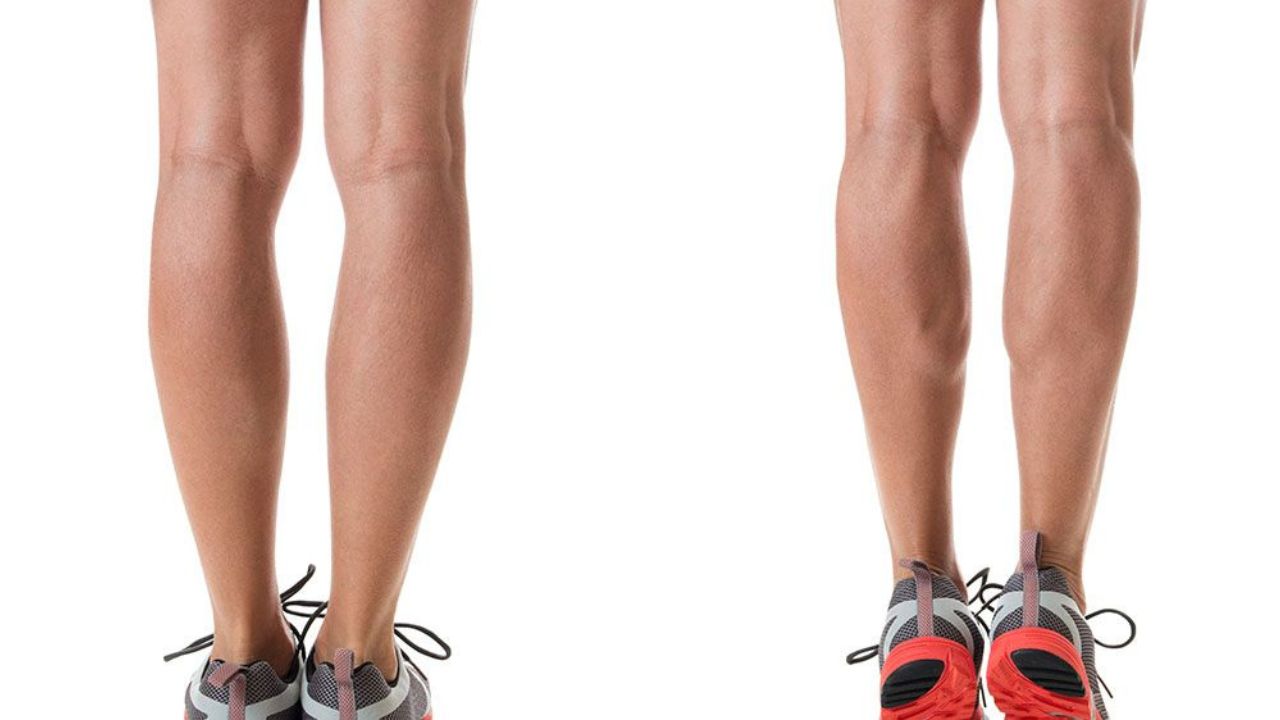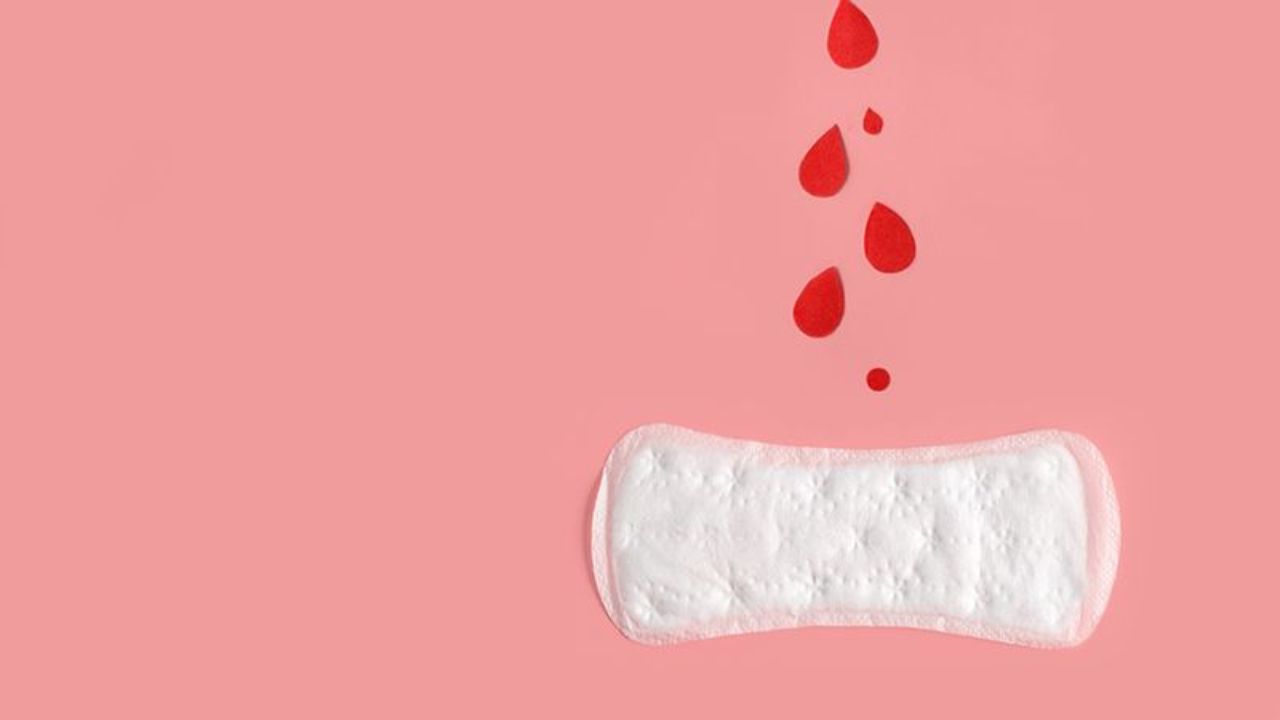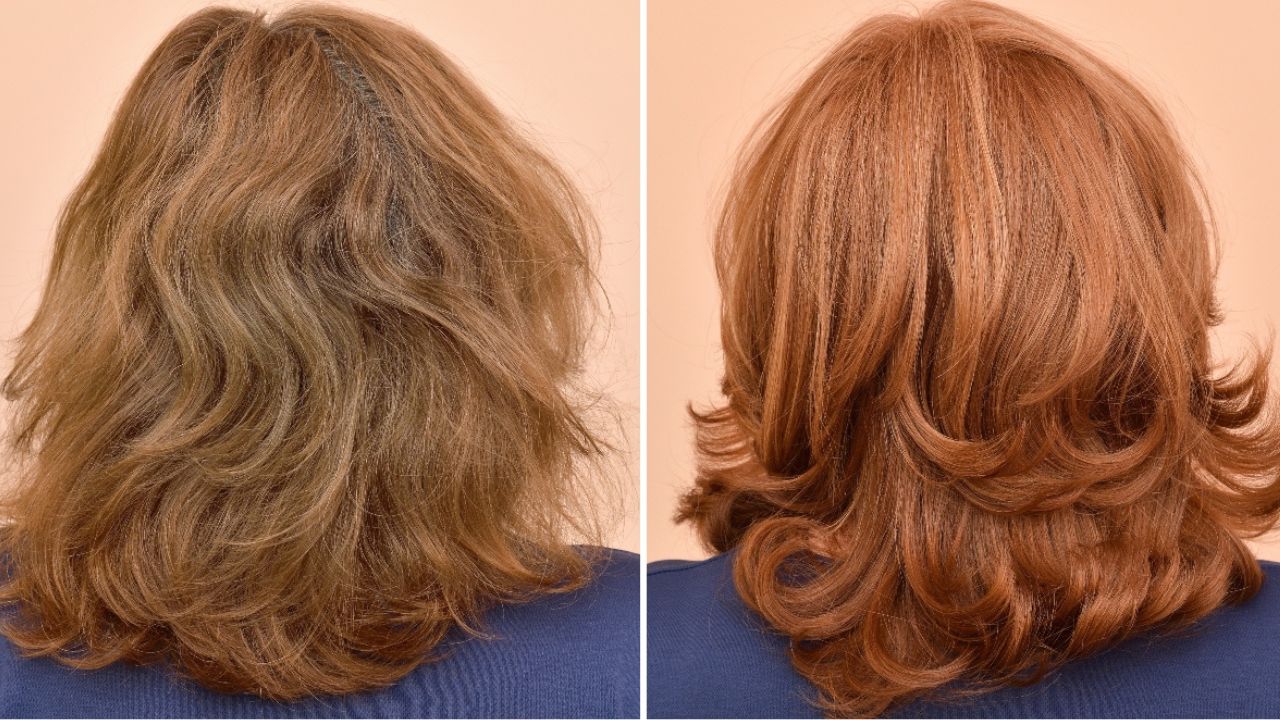Learn about the uses and benefits of aloe vera oil for radiant skin and luscious hair.
Aloe vera oil, a harmonious blend of oil and aloe vera extracts, has been swiftly making a name for itself, thanks to its myriad benefits for skin and hair. Historically, aloe vera has taken centre stage in various beauty routines across different cultures, cementing its place as a beloved natural ingredient.
Packed with nutrients, this versatile oil can be the answer to a multitude of skin and hair concerns. It’s not just about beauty, though. Aloe vera oil is also celebrated for its healing properties, making it a boon for annoying mosquito bites. Intrigued? Dive in to discover more about this wonder oil!
Dive Deeper: What is Aloe Vera Oil?
What is it?
A sublime blend of aloe vera extracts and oil, promising both soothing and healing effects.
Why is it a game-changer?
From moisturising parched skin to boosting hair growth and fading dark spots, it’s the multitasker we all need.
Who should reach for it?
Almost everyone, unless you have super sensitive or infected skin.
How frequently can you use it?
Feel free to lavish it on your skin daily.
Word of Caution:
For some, it might be a tad too potent, causing skin reactions such as hives or rashes.
The Story Behind Aloe Vera Oil
Travelling back to the 1800s, aloe vera (Aloe barbadensis miller) has been the go-to remedy for an assortment of ailments, from skin issues to constipation. The credit goes to the succulent’s leaves – specifically, their green outer layer and yellow sap – bursting with anthraquinones, glycosides, carbohydrates, and proteins. For therapeutic uses, these ingredients often find themselves mingling with mineral oil, milk, wine, water, or honey.
In its simplest form, when you marry aloe extracts with your chosen oil – be it mineral oil, olive, jojoba, coconut, or soybean – you’re blessed with aloe vera oil. The trick? Gently macerate aloe pieces in your preferred carrier oil, letting it meld and infuse.
The Elixir for Body Wellness
The meticulous extraction process ensures that aloe vera oil is abundant in beneficial phytochemicals. Renowned for its anti-inflammatory, wound healing, and antimicrobial prowess, this oil is a skin and hair saviour.
It’s teeming with growth-propelling compounds, such as glucomannans, which bolster collagen synthesis and other key factors in skin restoration and hair growth. With aloe vera’s rich vitamin and mineral content, this oil promises to breathe life back into your skin and hair cells.
How Can Aloe Vera Oil Enhance Your Beauty?
The blessings of aloe vera oil are aplenty. It’s your skin’s hydration hero and could be the secret to thicker, fuller hair. Regularly massaging this oil can quench a thirsty scalp and potentially turbocharge hair growth. Discover all the ways you can incorporate this oil into your beauty regimen in the next section.
The Miracles of Aloe Vera Oil: How It Can Revolutionise Your Beauty Routine
The Lightening Elixir
Aloe vera is nature’s answer to a brighter, more even complexion. Aloesin, a compound nestled within the aloe vera plant, can regulate melanin production, working wonders to lighten your skin (5). Not just for lighting, aloe vera is also a treasure trove of benefits like moisturising, healing, and soothing inflamed skin.
Worried about UV rays casting dark shadows on your skin? Fret not! Aloesin-rich applications can fade those pesky spots. Notably, when aloe vera extracts dance with extra virgin coconut oil, we witness up to a 100% skin-lightening boost. And when paired with turmeric, the mix remains as fresh as ever without any off-putting odour or rancidity.
The Moisturising Shield & Nature’s Mosquito Guard
Imagine a blend of aloe vera gel and olive oil warding off those pesky mosquitoes. Research indicates that this natural concoction not only protects against the bites of these insects but also enhances skin’s suppleness. This isn’t just about smooth skin; warding off these bites means protection against ailments like malaria and dengue. However, do note, higher concentrations of aloe might irritate some sensitive souls.
The Acne Fighter
A match made in skincare heaven: aloe vera and ocimum oil. These two, when paired together, can dramatically reduce acne lesions. The antimicrobial prowess of aloe vera gel, when fused with tea tree oil, becomes a formidable foe for acne. This blend not only tackles the root causes of acne, like excessive sebum and bacteria, but also helps restore clogged pores and reduces inflammation.
The Hair Growth Maestro
When it comes to hair, aloe vera is a revered champion. Whether it’s a dry scalp, fragile hair ends, or colour-treated locks, aloe vera stands tall as the solution (9). Infuse your haircare routine with it; be it by boiling the leaves or massaging the scalp with aloe-infused oils. It ensures that your hair is not only growing but thriving – moisturised, rejuvenated, and free of dandruff.
The Fountain of Youth & Hydration
Wrinkles are never welcome, especially when caused by dehydrated skin. Enter aloe vera. Its rich content of mucopolysaccharides ensures your skin stays hydrated and lustrous. Its magic doesn’t end there: it boosts collagen and elastin fibre production, giving your skin that coveted youthful glow.
The Stretch Mark Soother
Stretch marks, though a natural occurrence, can sometimes dampen confidence. Instead of turning to uncertain, possibly harmful solutions, aloe vera comes to the rescue. Especially when paired with sweet almond oil, it eases itchiness and reduces the prominence of these marks. This topical application has even proven effective for women who aren’t expecting.
Navigating the labyrinth of stretch mark treatments can often lead to dead ends. The conventional avenues, like steroid-based creams, while providing some temporary relief, can also carry with them a cache of risks. But before you throw in the towel, there’s an alternative beacon of hope: aloe vera gel mixed with carrier oils.
The wonder concoction of sweet almond oil and aloe vera gel can be your skin’s knight in shining armour. Not only does it provide relief from the irksome itching and unsightly redness of stretch marks, but its consistent application can also act as a guard, preventing these striae from taking over your skin, even for those who aren’t on the maternity journey.
Ready to Experience the Aloe Magic?
Your skin has sung the praises of aloe vera oil, and by now, you must be itching (pun intended) to get your hands on this elixir. The beauty of it? You don’t need to rush to a store or wait for an online delivery. Your kitchen might just have everything you need!
Make Your Own Aloe Vera Oil: A Simple Home Recipe
Ingredients:
Fresh Aloe Vera leaves (2-3 large ones)
Your choice of carrier oil (Coconut, almond, or olive oil are excellent picks) – 1 cup
Method:
- Preparation of Aloe Vera Gel: Start by washing the aloe vera leaves. Slice them lengthwise and scoop out the gel using a spoon.
- Blending: Combine the freshly scooped aloe vera gel and the carrier oil in a blender till you get a smooth mixture.
- Heating: Pour the mixture into a pan and heat it on a low flame for about 10 minutes. You’ll notice the gel infusing with the oil, turning it into a light green shade.
- Cooling and Storing: Once off the stove, let it cool. Strain the mixture to separate any solid particles and then transfer the oil into an airtight glass container.
- Your homemade aloe vera oil is now ready! For best results, apply this oil generously on affected areas every night before hitting the sack. And as with all homemade recipes, it’s a good idea to do a patch test first to ensure there’s no adverse reaction.
Here’s to healthier, more radiant skin with the power of aloe vera!
Common Queries:
- Aloe Vera vs. Coconut Oil: Both are beneficial, with aloe vera moisturising and lightening skin, and coconut oil hydrating and healing.
- Shelf Life: Aloe oil can last 8-10 months.
- Difference between Aloe Vera Oil and Gel: The gel is the clear substance inside the leaf, while the oil is produced by mixing the gel with carrier oil.
- Ingestion: Aloe vera oil is not safe to consume.
- Storage: It’s best stored in a refrigerator in an airtight container.
- Dosage: There’s no set dosage; it’s typically used topically.
- Suitability: Aloe vera oil is generally suitable for all skin types.
In Conclusion:
Aloe vera oil is a natural powerhouse for both hair and skin health. While it’s relatively easy to make at home, it’s essential to ensure the product is always used topically and safely. As with any natural remedy, always consult with a dermatologist or specialist before incorporating it into your routine.






